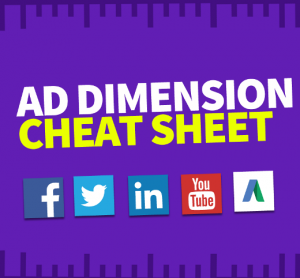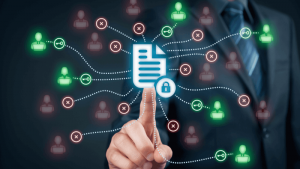What’s the difference between a social connecter and a social influencer? One seems to be a component or a necessity of the other. Naturally someone must be connected and have reach to have influence, right? What if I told you that within your social graph, there are those who are connected to a lot of people, but who wield very little influence on anyone? What if I told you there are a great many influencers that have very little reach, but have great influence within the networks where they do have reach?
We typically think of social influencers as the superstars who have one million fans and Twitter followers. I tend to think of these as advertising channels these days, vs. real social networks. But what about the million customers you have in your database?
How are marketers to know who has influence in what areas and what triggers their motivation to share? A father may be really connected in the workplace or industry, may have some influence in the automobile category (especially if he’s a Tesla lover) and may have influence over airline carrier, when he boasts on Facebook of his most recent first-class upgrade.
Social has always walked that very sensitive line of being genuine and natural vs. interruptive like advertising, but with brands focused on earned media, the proliferation of free content and services, make it a perfect, yet crowded place to build this. Again, you may think this is pretty obvious.
Translate this to email and most just think about the less than 1% who will “share” an email. What can this amazingly small population of click behavior tell you about who’s connected or who has influence? Simple: nothing!
There are indicators that if used properly can help you directionally — and if managed to the detail, can be amazingly effective at translating very linear email campaigns to audiences that potentially have a much larger impact on your business than a cause/effect response to a marketing campaign.
First: Remember, the email address has more value than merely for sending email to. It’s the primary key, making it very easy to match an audience to key social behaviors to help you identify who has the highest collective reach. (friends, connections). This is a leading indicator of frequency of online engagement. It doesn’t mean consumers will necessarily develop a relationship with a toilet paper brand, but there is a high probability that if content is relevant to their interests and how they’re connected to their social graph, they will share, and/or add to the content. But first it starts with understanding collective reach and adding to your audience views.
For the purpose of this article, influence doesn’t necessarily translate to effect on purchase intent at the scale it will need to get attention at the executive table, but does have impact on brand perception and brand qualities.
The value of separating the two traits is to understand strategies and long-tail effects of your strategy. Social networking is no longer the Five Finger strategy used for decades by multilevel marketing programs (family, close friends, church, school, workplace), it’s about understanding how your customers are connected and how to leverage this connection to create lower-cost brand engagement/value.
As author David Meerman Scott said, “You can buy attention (advertising). You can beg for attention from the media (PR). You can bug people one at a time to get attention (sales). Or you can earn attention by creating something interesting and valuable and then publishing it online for free.”
(316)
Report Post




